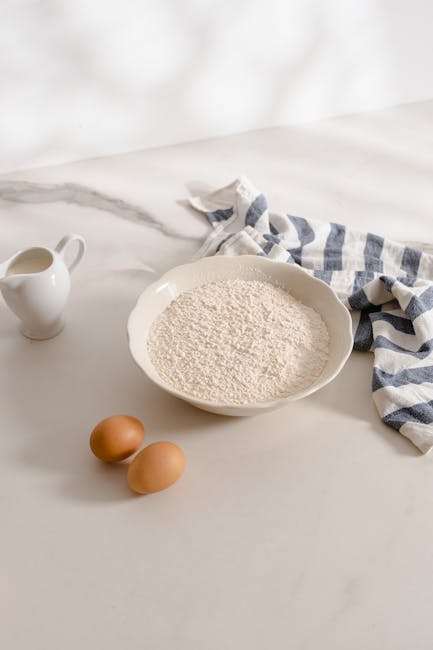Perfect Soft-Boiled Eggs Recipe
Ever craved that perfect, runny-yolked soft-boiled egg? The kind that makes toast soldiers practically melt in anticipation? You’re not alone! Achieving soft-boiled egg perfection can seem daunting, but trust me, it’s totally achievable with a few simple tips and tricks. Let’s crack the code (pun intended!) to consistently delicious soft-boiled eggs.
The Secret to Soft-Boiled Egg Success

Forget complicated methods and fussy timers. This guide breaks down the process into easy-to-follow steps, ensuring you get that custardy yolk and tender white every single time. We’ll cover everything from choosing the right eggs to mastering the cooking time.
Choosing the Right Eggs

Believe it or not, the eggs you choose can impact the final result. Here’s what to consider:
- Freshness matters: While older eggs are easier to peel *hard*-boiled, fresher eggs actually cook a little more consistently for soft-boiling. Aim for eggs that are a week or two old.
- Size matters too: This recipe is tailored for large eggs. If you’re using smaller or extra-large eggs, you’ll need to adjust the cooking time accordingly.
- Room temperature or cold?: Many recipes suggest using room temperature eggs. While this *can* help prevent cracking, it’s not essential. Starting with cold eggs from the fridge works just fine, you might just need to add an extra 30 seconds to the cooking time.
The Perfect Cooking Time

This is where the magic happens! The ideal cooking time depends on your preferences, but here’s a general guideline for large eggs cooked from cold:
- 5 minutes: Very runny yolk, barely set white.
- 6 minutes: Runny yolk, slightly firmer white.
- 7 minutes: Mostly set yolk, still a little gooey in the center, firm white.
Experiment to find your perfect time! Remember that the cooking time starts *after* the water is boiling.
The Foolproof Method: Step-by-Step

- Bring water to a boil: Fill a saucepan with enough water to cover the eggs completely – about an inch above them. Bring the water to a rolling boil.
- Gently add the eggs: Using a slotted spoon, carefully lower the eggs into the boiling water. This prevents them from cracking.
- Set the timer: Immediately set a timer for your desired cooking time (refer to the times mentioned above).
- Maintain a gentle boil: Adjust the heat to maintain a gentle, rolling boil throughout the cooking process.
- Prepare an ice bath: While the eggs are cooking, prepare an ice bath in a bowl. This will stop the cooking process and make the eggs easier to peel (though peeling soft-boiled eggs is still a delicate art!).
- Transfer to ice bath: Once the timer goes off, immediately transfer the eggs to the ice bath. Let them cool for at least a minute or two.
- Peel and enjoy!: Gently tap the egg on a hard surface to create small cracks all around. Peel carefully under cold running water. Serve immediately with toast soldiers, or however you like to enjoy your soft-boiled eggs!
Tips and Tricks for Perfectly Soft-Boiled Eggs

- Poke a hole: Poking a tiny hole in the larger end of the egg with a pin can help prevent cracking.
- Don’t overcrowd the pot: Cook only as many eggs as can fit comfortably in a single layer in the saucepan.
- Altitude matters: If you live at a high altitude, you may need to add a minute or two to the cooking time.
Enjoying Your Perfectly Soft-Boiled Egg

Now that you’ve mastered the art of the soft-boiled egg, it’s time to savor the results! Enjoy them straight from the shell with a sprinkle of salt and pepper, or use them as a delicious topping for avocado toast, salads, or even ramen. The possibilities are endless! This simple recipe is a game-changer for breakfast, brunch, or even a quick and satisfying snack. So go ahead, give it a try and unlock the secrets to that perfectly runny yolk. Happy cooking!

Post Comment